An ebike throttle is one of the most important components of an electric bike. It allows the rider to regulate the speed of the motor without needing to pedal. When the rider engages the throttle, this signals the motor to supply energy to propel the bike forward.
The kinds of throttles available in the market are usually categorized as either a twist-action type or a push button type, both commonly found on the handlebars. Cyclists are often left pondering which option is best suited for their riding needs. Keep in mind that since different throttle types have distinct operating mechanisms, it can alter your riding experience. This article will introduce the advantages and disadvantages of the two kinds of throttles to help users identify which is better for them.
What is a thumb throttle?
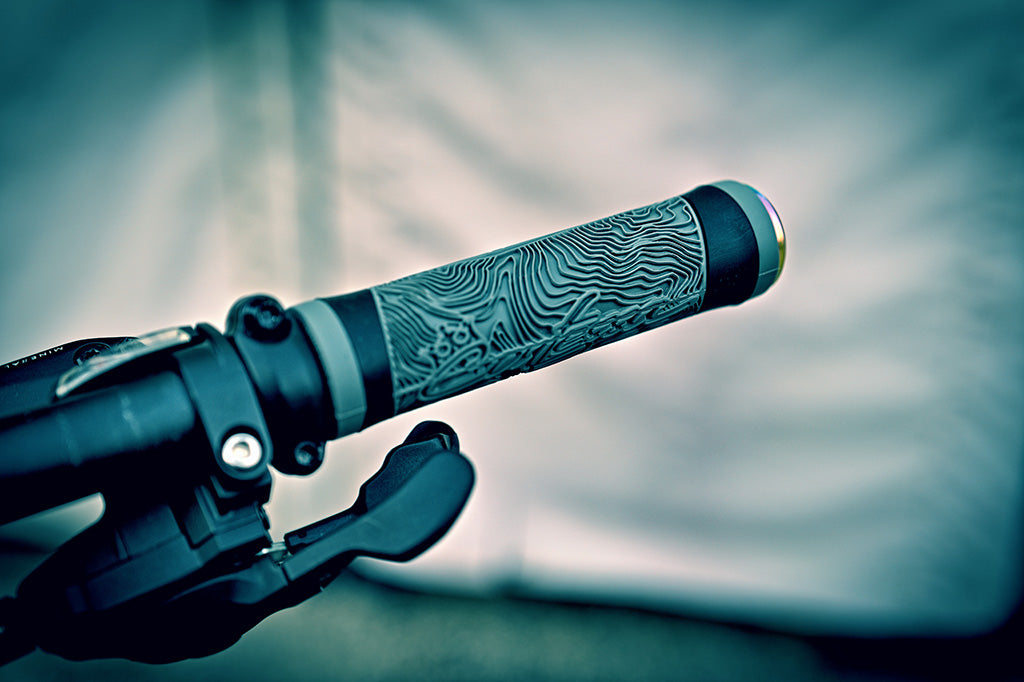
The thumb throttle on an electric bicycle is typically a small lever or button located on the bike handlebars. By pressing the button or pushing the throttle lever, it sends a signal to the motor to provide energy and move the bicycle forward. Therefore, riders can simply accelerate or maintain a certain bike speed using this convenient function.
What is a twist throttle?
The twist throttle is another type of control mechanism used on ebikes to regulate the bike’s speed. Instead of a lever or button, a twist throttle is a rotating grip on the handlebar. When the rider wants to accelerate or decelerate, they just simply twist the grip either towards themselves or away from themselves.
Compared to thumb throttles, twist throttles offer a more intuitive feeling on the handlebar. Some riders prefer them for their easy operation and ergonomic design.
The benefits and limitations of each throttle
Thumb throttle
Benefits:
Ease of Use: Thumb throttles are often praised for their simplicity and ease of use. Riders can quickly and efficiently control the speed of their electric bike by pressing down on the thumb lever.
Accessibility: Thumb throttles are generally accessible to a wide range of riders, including those with limited hand mobility or strength. The thumb-operated design allows for easy engagement without requiring a strong grip.
Safety: Some riders argue that thumb throttles are a safer option compared to twist throttles, as they permit riders to keep both hands on the handlebars while adjusting speed and avoid accidental acceleration.
Compact Design: Thumb throttles have a compact design that takes up less space on the handlebars, allowing for greater flexibility in accessory placement.
Limitations:
Less Precise Control: Some riders find thumb throttles have less precise control over acceleration compared to twist throttles, as the lever action may result in abrupt speed changes.
Thumb Fatigue: Extended use of thumb throttles can lead to thumb fatigue or discomfort, particularly if the lever requires constant pressure to maintain speed.
Engagement Sensitivity: Depending on the design and sensitivity of the thumb throttle, riders may experience unintended engagement or difficulty in finding the right pressure to activate the throttle smoothly.
Twist throttle
Benefits:
Intuitive Operation: Ebike twist throttles are similar to those found on motorcycles, making them easy to understand and use.
Ergonomic Design: Many riders enjoy the comfortable feeling of twist throttles, as riders only need to maintain a natural grip on the handlebar and twist when needed. The simple operation is friendly to use during cold months when wearing gloves.
Precise Speed Control: Twist throttles provide precise speed control in different riding scenarios, supporting riders to easily fine-tune their riding speed.
High Performance: Twist throttles allow for quick and responsive speed adjustments, making them suitable for high-speed adventures or hill climbing activities.
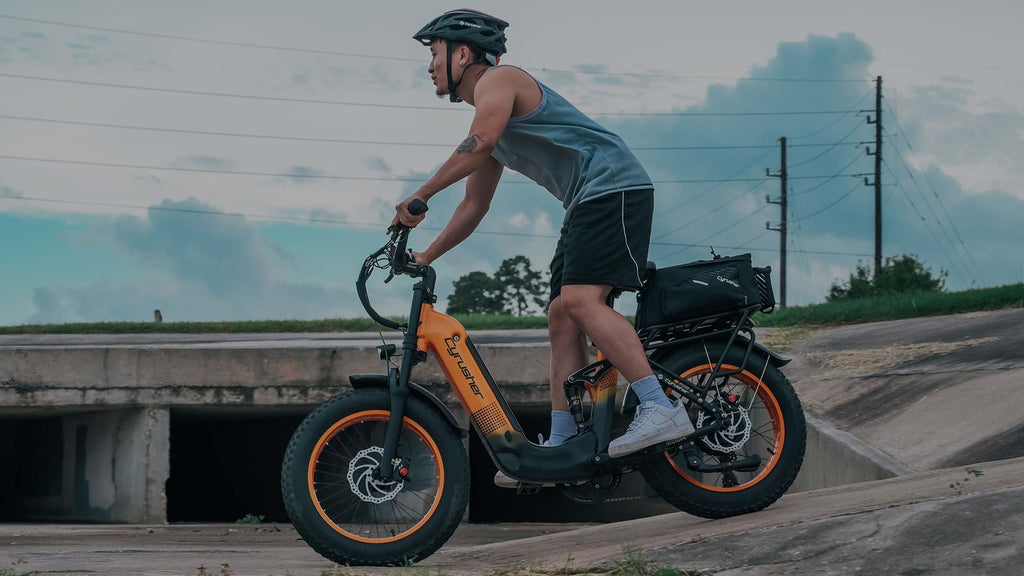
Limitations:
Accidental Engagement: Due to their ease of use, some riders may find twist throttles prone to accidental engagement, especially when navigating rough terrain or making sharp turns. This can result in unintended acceleration or loss of control if not handled carefully.
Less Intuitive for Novice Riders: Compared to thumb throttles, beginners may find twist throttles slightly more challenging to operate.
Potential for Hand Fatigue: Holding a twist throttle for extended periods may lead to hand fatigue or discomfort, particularly during long rides or continuous use.
Which is better: twist throttle vs thumb throttle?
When choosing the right type of throttle for yourself, you need to consider a variety of factors such as riding style, comfort, hand mobility and other aspects to help identify the ideal choice.
Comfort
These two different operating mechanisms will produce distinct riding experiences, so choose the kind that is more comfortable and natural for you.
Riding style
Depending on your daily riding style and preferences, if you like to have precise control and are accustomed to motorcycle style riding, the twist throttle will be more suitable. However, if you prefer a system that is simple to operate, then a thumb throttle is a better choice.
Hand mobility
The two throttle types have different operating mechanisms that require different hand strength, so be sure to evaluate your hand mobility and strength to determine which kind of throttle is better for you. A thumb throttle requires less hand mobility and strength while to control a twist throttle control, you need to mobilize more hand mobility and strength.
Weather
Weather is also a factor that cannot be ignored. In extreme conditions, such as cold weather, thumb throttle operation may not be very friendly while a twist throttle can still be operated sensitively even when wearing gloves.
Budget
Throttle types will also be priced differently. In addition, certain performance model ebikes will come with costlier throttle options designed to enhance the bike’s overall performance.
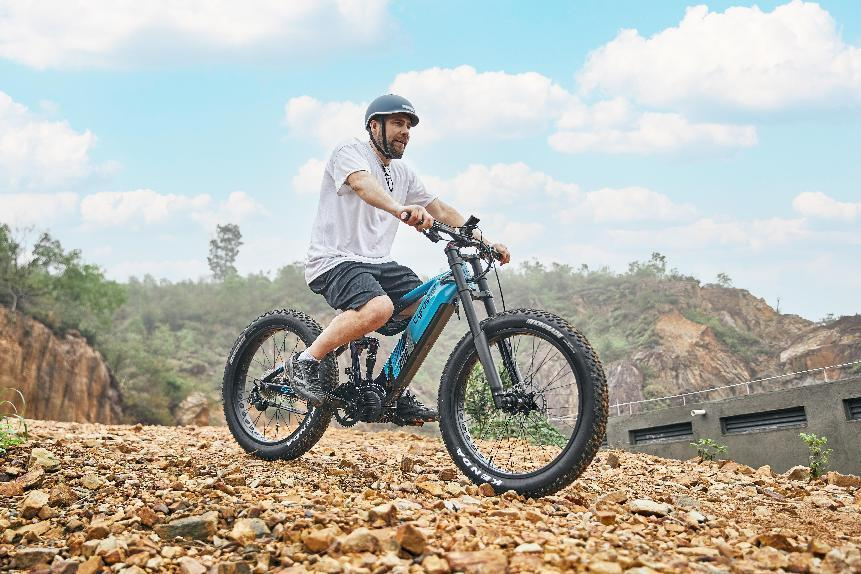
Real rider experiences(from Reddit)
"It really depends on your usage. Thumb throttle is great if you constantly need to stop and go like in the city. If you plan to ride in a road without stopping, and no pedaling, a half-twist throttle is fine.
That said, it is human nature to grip onto something in an emergency. You might accidently twist the throttle instead of grabbing the breaks."
"Thumb works great, but in the winter, I'd prefer a twist so my thumb doesn't freeze off."
"Having ridden bikes with all three, I personally like either a half-twist or a thumb throttle. A half-twist is great on most rides and stops your thumb from getting tired/cold. For bikes with lots of power (AKA QS205 with 200+ phase amps), a thumb throttle is safer because grabbing the handlebar to steady yourself when the bike shoots forwards doesn't increase the throttle power."
Consider these real-life experiences of different riders and book a test ride to determine which throttle type is more in line with your own usage habits.
How to maintain an ebike throttle
Thumb throttle maintenance:
- Thumb throttles are prone to having a buildup of dust, dirt and debris, so use a soft cloth or soft brush to remove this.
- If the buttons become a little stiff after a long ride, use a small amount of lubricant to lubricate the button assembly to ensure smooth operation.
- Regularly check the wires that connect to the thumb throttle to avoid looseness, wear and tear and damage. Repair and replace damaged wires right awayto avoid accidents.
- Regularly check the button functionality to ensure smooth operation and immediate response. If there is sticking or an inconsistent response, timely replacement orrepair is necessary.
Twist throttle maintenance:
- Twist throttle grips will also have dirt build up with long-term use, so clean the grip surface regularly with a mild detergent and water, taking care to dry it thoroughly.
- Check the grip rotation and make sure it moves freely and without obstruction.
- Regularly check the connecting wires for looseness and breakage, and replace worn out wires right awayto avoid any throttle response problems.
- Regularly test the functionality of the throttle by rotating it through its full range of motion. Ensure that the throttle twist is able to maintain a normal position and there are no sticking points or inconsistencies.
Conclusion
In conclusion, the decision between a thumb throttle and twist throttle ultimately depends on individual preferences and riding styles. While both options have their advantages and disadvantages, what matters most is selecting the throttle mechanism that enhances the rider's overall biking experience. So, whether one opts for the convenience of a thumb throttle or the precision of a twist throttle, cyclists can ride with confidence knowing they've chosen the option that best suits them. The most important thing is to thoroughly enjoy the ride!

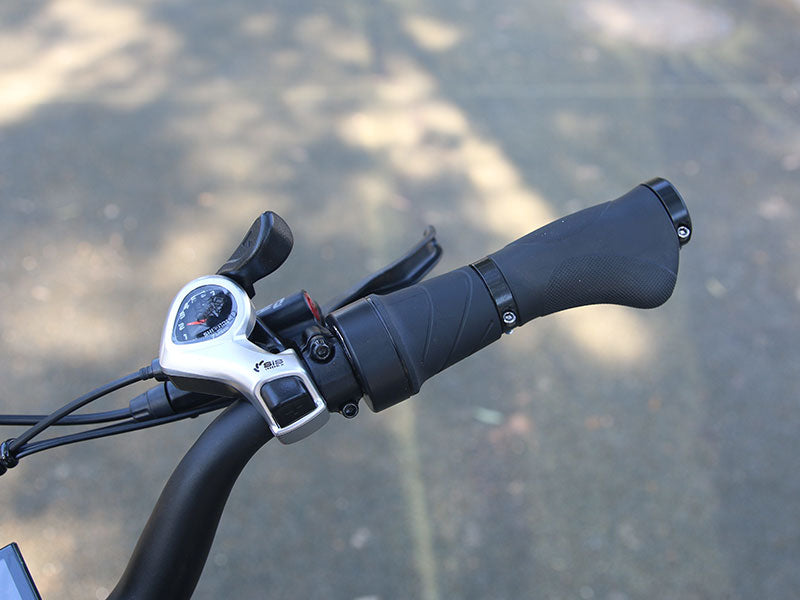

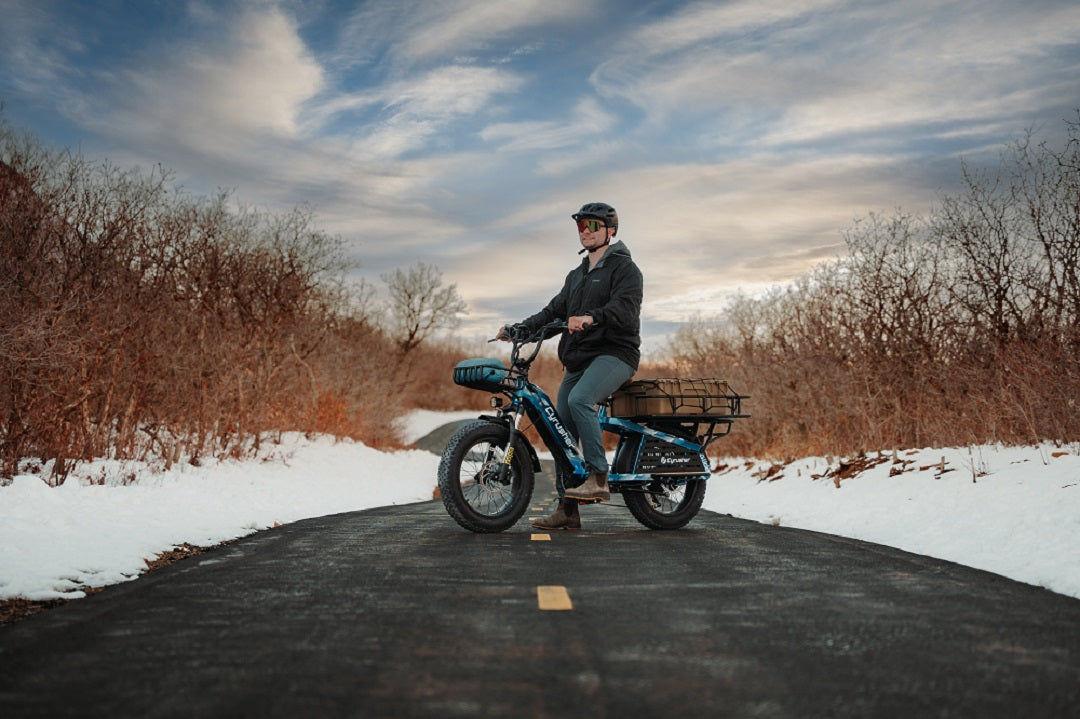
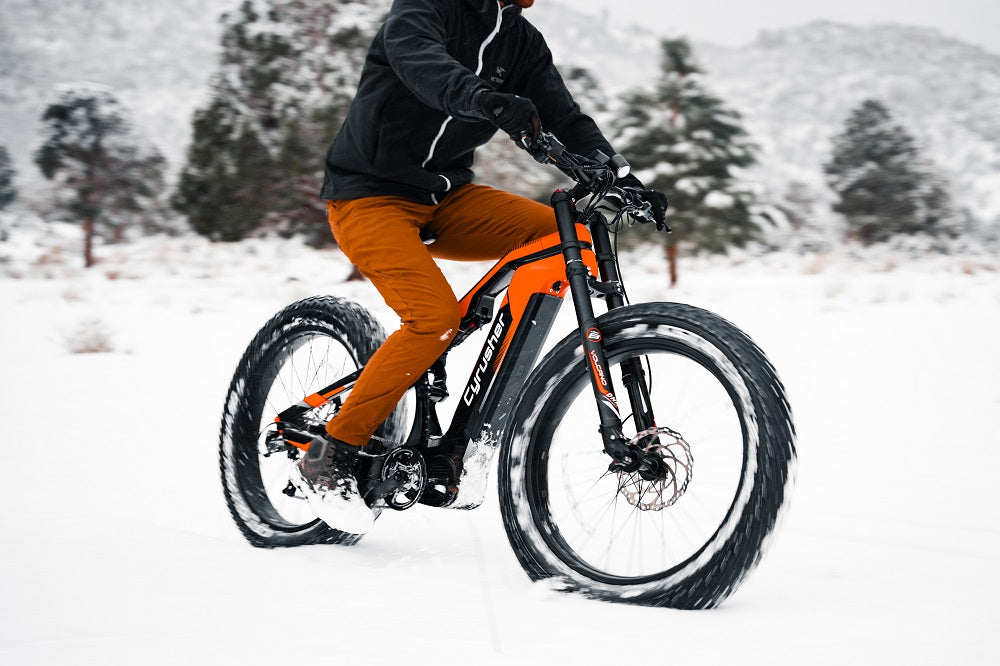
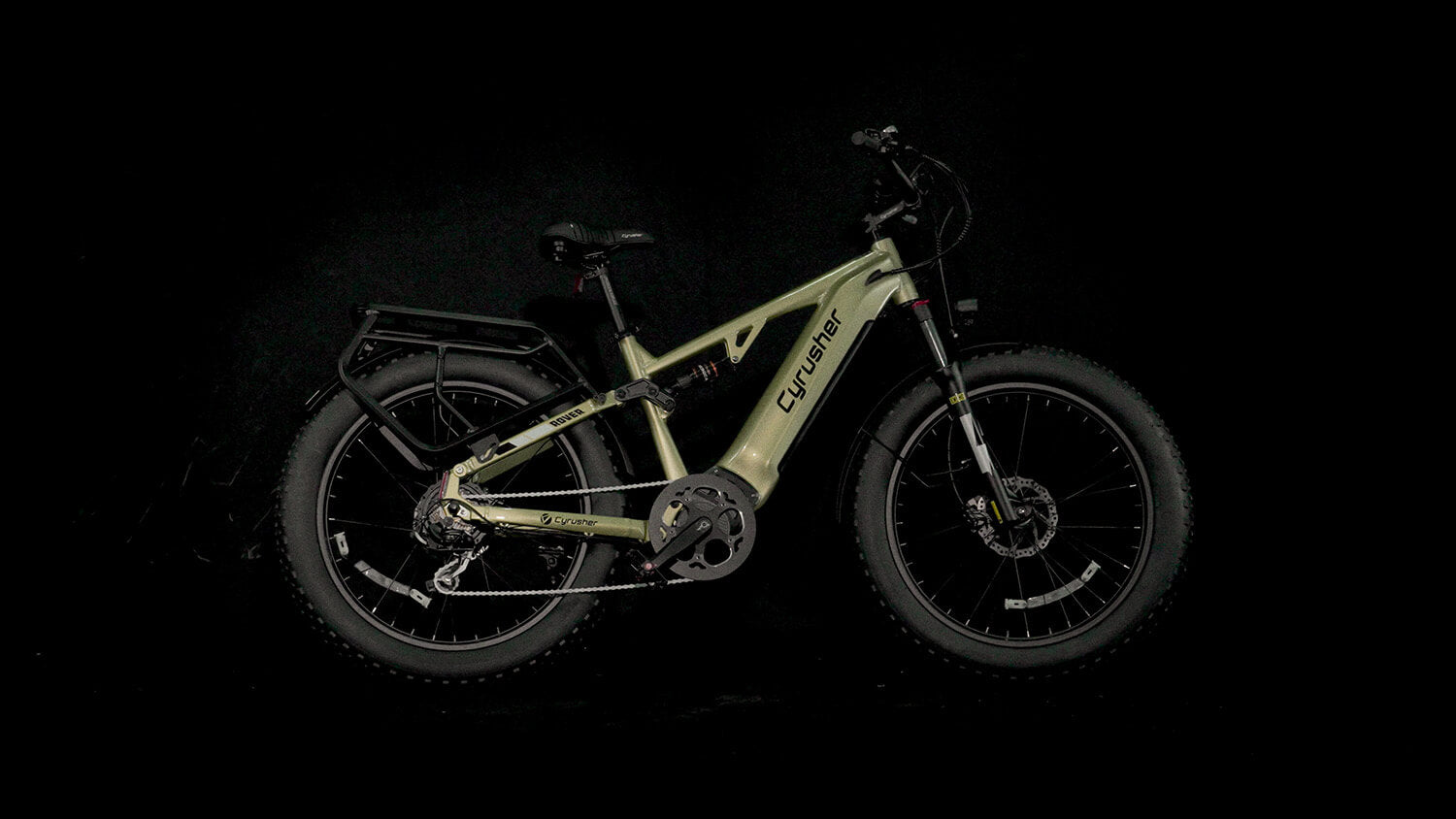
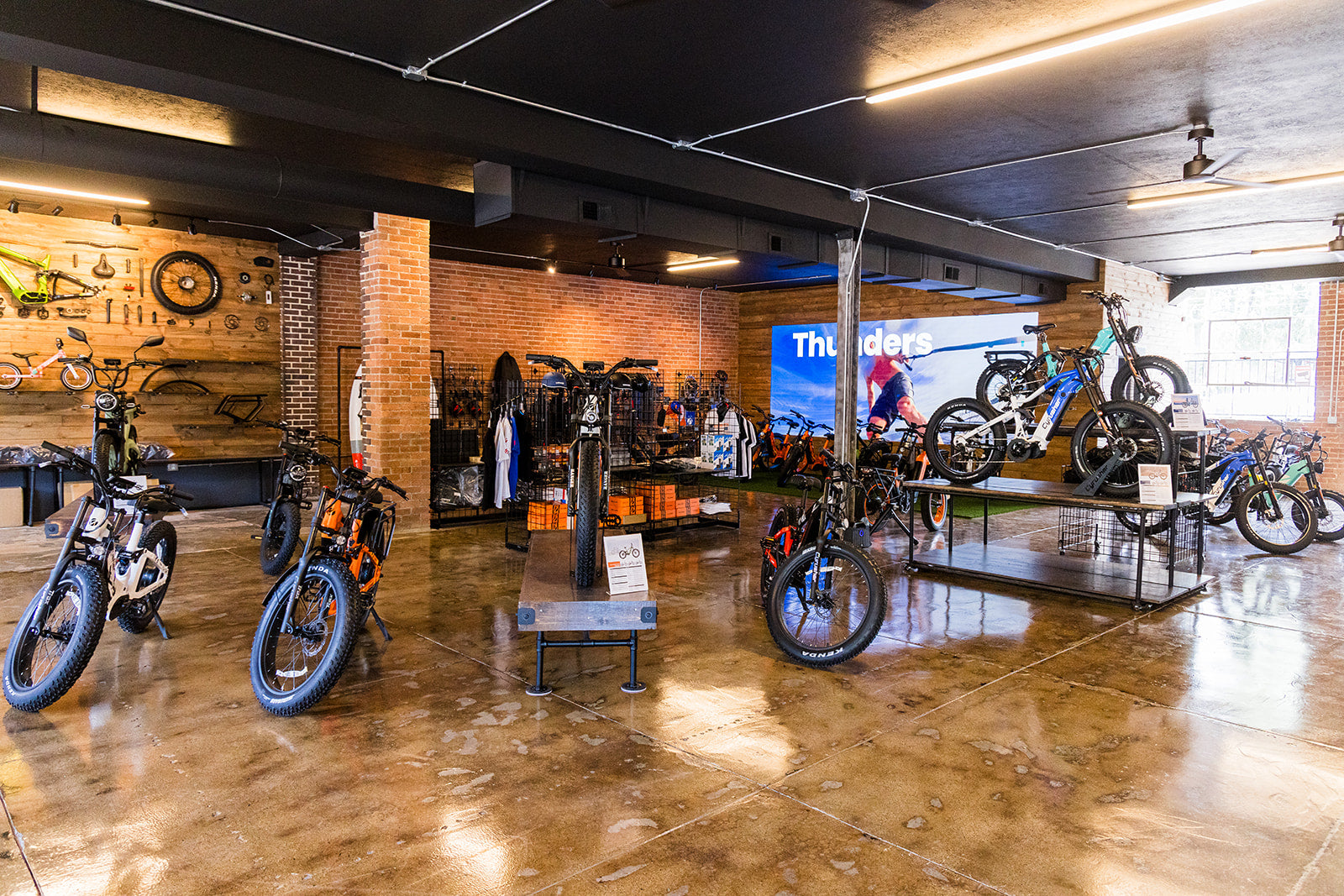
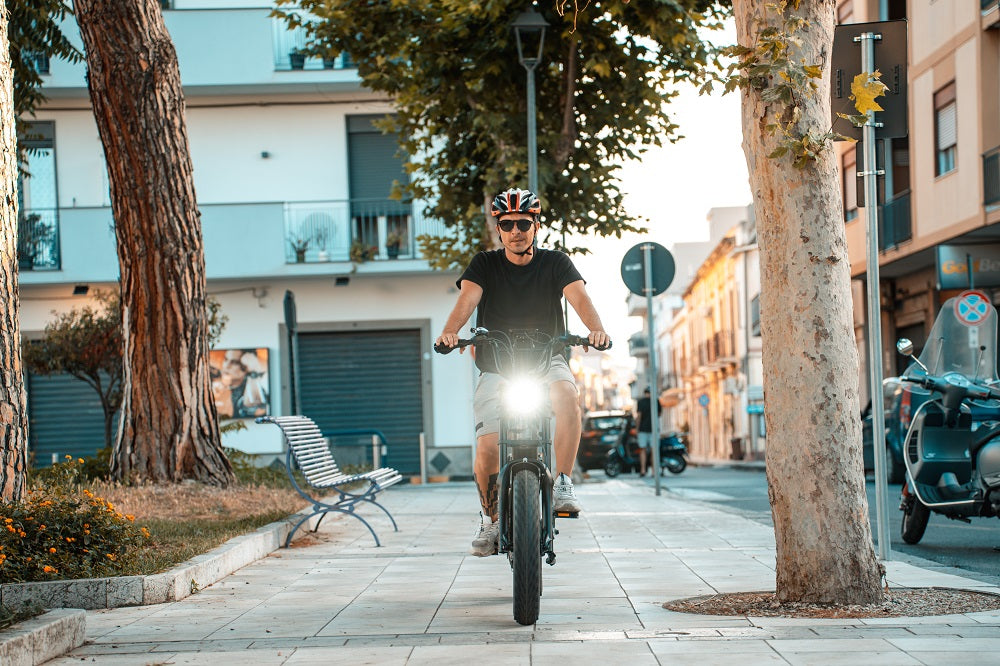
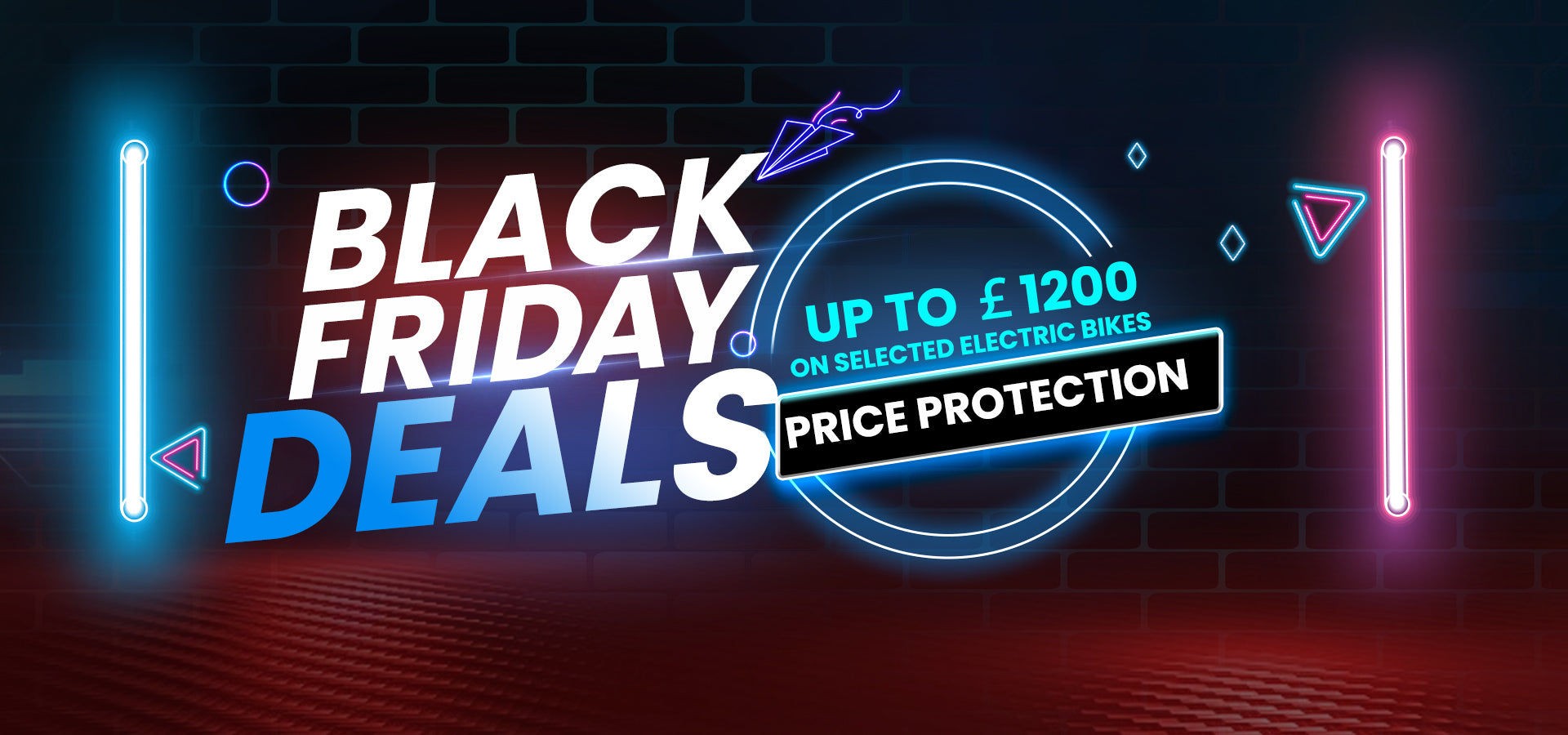
Share:
The Ultimate Guide for Long Range Ebike
International Women’s Day 2024: Empowering Women Adventurers with Cyrusher E-Bikes